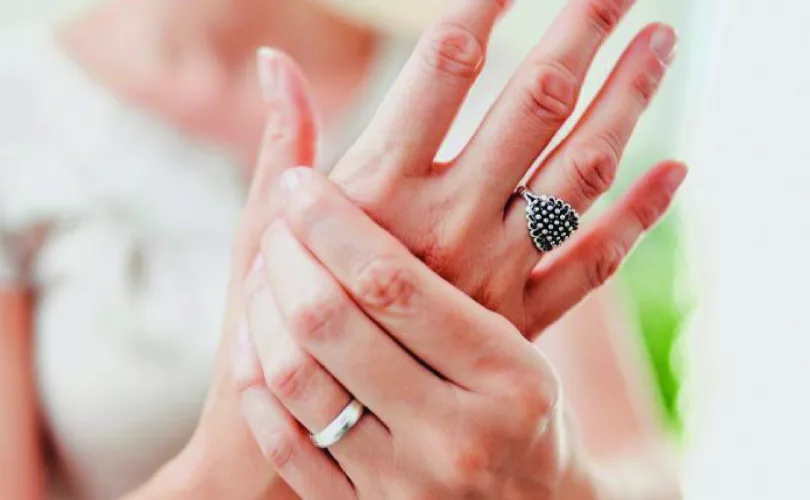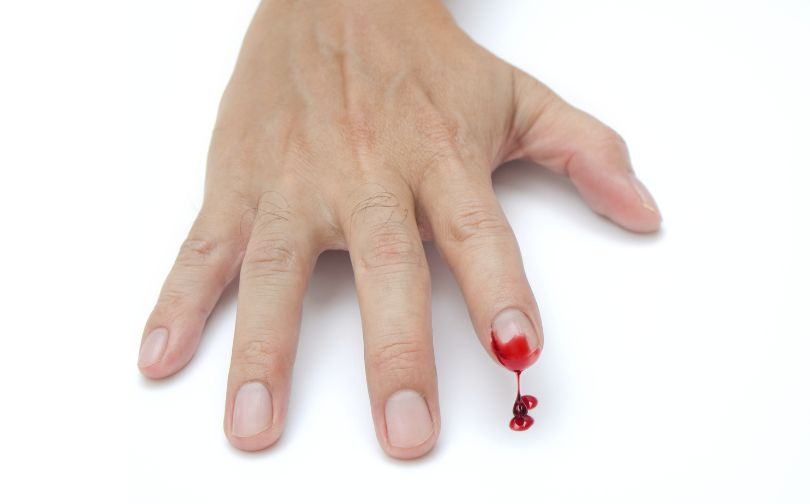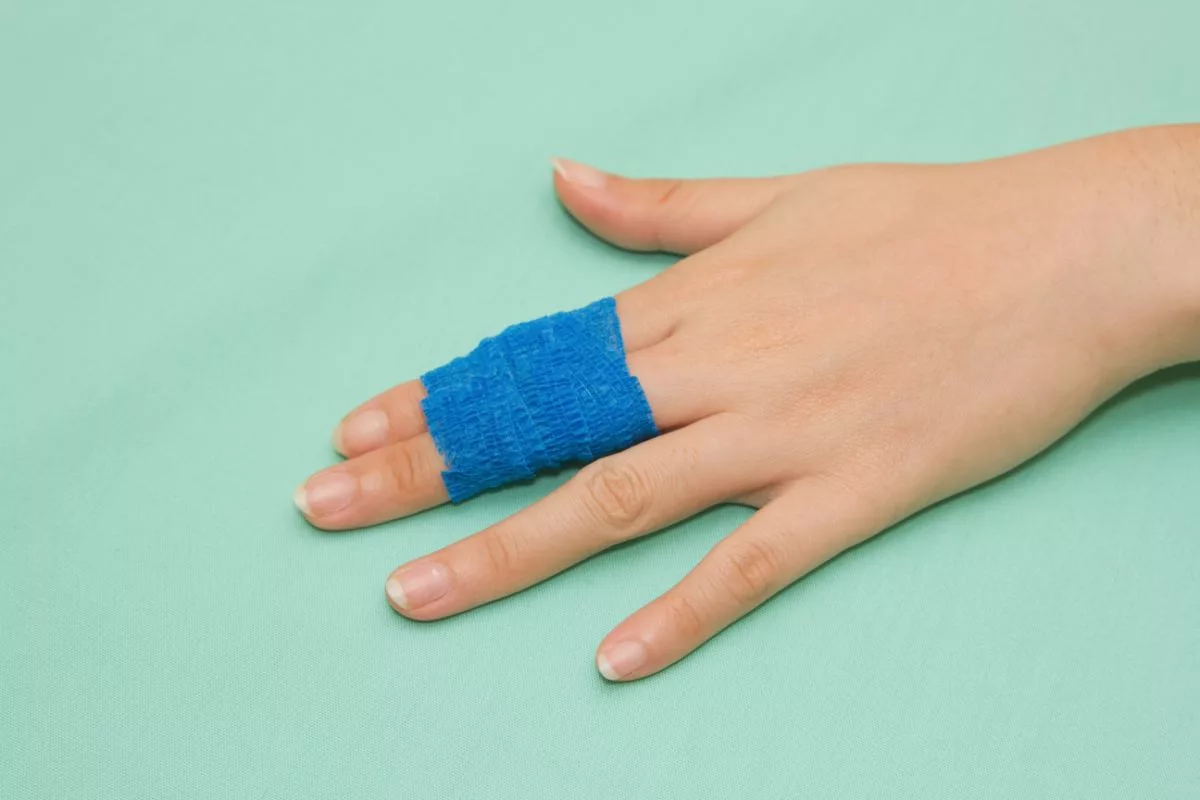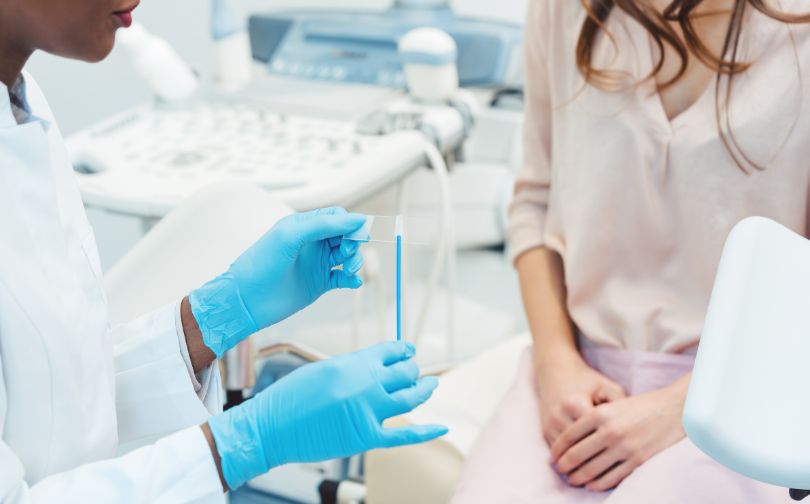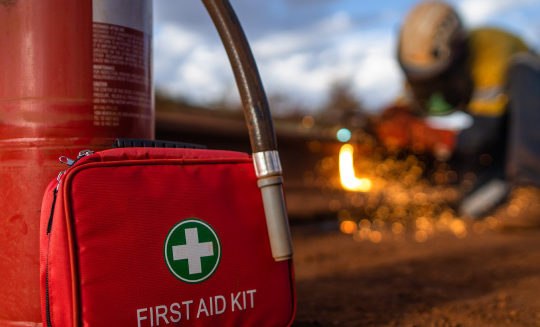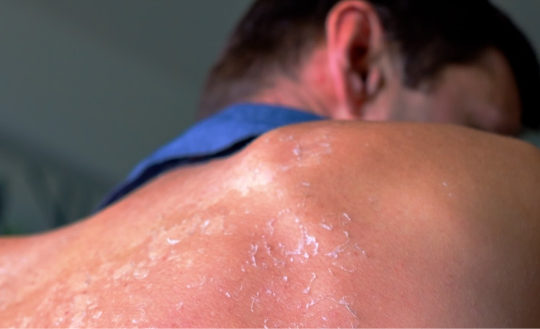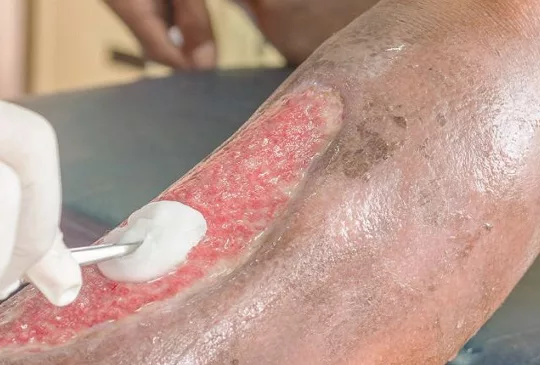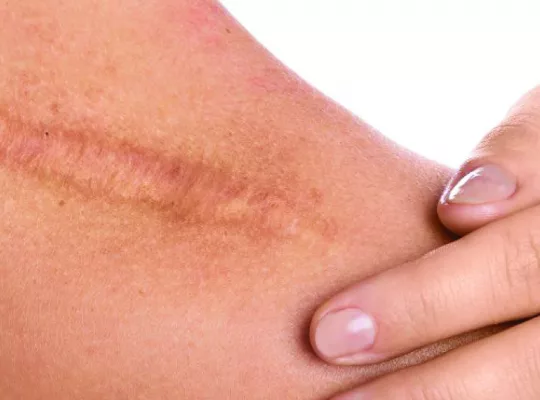Accidentally slamming your fingers in a door is a common mishap that can cause intense pain and immediate discomfort. Whether it happens at home, at work, or during a busy day, the sharp throb and swelling can make it hard to focus on anything else.
This type of injury often leads to bruising, reduced movement, and even damage to the nail bed if the impact is severe. Did you know that over 13% of hand injuries reported annually are caused by doors? Such incidents might seem minor, but improper care could lead to complications.
In this guide, you’ll find practical steps to manage the pain, reduce swelling, and know when it’s time to seek medical attention. A quick and informed response can make all the difference, ensuring proper healing and preventing further issues.
Assessing The Damage
Assessing the damage is the first step in treating fingers slammed into a door. This involves examining the affected area to determine the extent of the injury.
One of the most obvious signs of injury is pain, which may be accompanied by swelling, bruising, and stiffness. If the injury is severe, there may also be bleeding or a visible deformity of the finger.
To assess the damage, gently move the affected finger to check for any mobility issues, and look for signs of tenderness or sensitivity to touch.
If you suspect that the finger is broken, dislocated, or if the skin is cut, seek medical attention immediately.
In some cases, the injury may seem minor, but it’s important to keep an eye on it for any changes or worsening symptoms. Ignoring a seemingly minor injury can lead to complications later on.
By assessing the damage, you can determine the best course of action for treatment and ensure that you’re taking the necessary steps to aid in the healing process.
Treating Injured Fingers
In addition to the steps mentioned in the previous response, here are some additional steps to follow for treating injured fingers:
- Rest the injured finger: Avoid using the affected finger as much as possible, and avoid any activities that may aggravate the injury.
- Splint the finger: If the finger is dislocated or fractured, it may be necessary to immobilize it with a splint. A splint can be made using a popsicle stick or a tongue depressor taped to the injured finger.
- Keep the finger clean and dry: If the skin is broken, clean the wound with soap and water and cover it with a sterile bandage. Change the bandage daily and keep the area dry to prevent infection.
- Monitor for signs of infection: Watch for any signs of infection, such as redness, warmth, or pus around the wound. If you suspect an infection, seek medical attention.
- Seek medical attention for severe injuries: If the finger is severely injured, such as a deep laceration or a bone protruding from the skin, seek medical attention immediately.
By following these steps, you can aid in the healing process and promote a speedy recovery for your injured finger.
Pain Relief Options
There are several pain relief options available for fingers slammed in a door. Here are some options:
- Over-the-counter pain medication: Acetaminophen or ibuprofen can be taken to relieve pain and reduce inflammation. Follow the recommended dosage on the packaging and consult a doctor if you have any concerns.
- Topical analgesics: Creams or gels containing numbing agents like lidocaine can be applied to the affected area for temporary pain relief.
- Finger splinting: Immobilizing the finger with a splint can help to reduce pain by preventing movement and protecting the injured area.
- Heat therapy: Applying heat to the affected area, such as with a warm towel or heating pad, can help to soothe sore muscles and reduce pain.
- Cold therapy: Applying a cold compress, such as a bag of ice wrapped in a towel, can help to reduce swelling and numb the area, providing pain relief.
It’s important to consult a doctor before taking any pain relief medication, especially if you have a pre-existing medical condition or are taking other medication.
What Not to Do After Finger Slammed Into the Door?
- Do not delay applying ice: Immediate cold compress helps reduce swelling and numb the pain.
- Do not tightly bandage the finger: Overly tight wrapping can cut off circulation, worsening the injury.
- Do not leave jewelry on: Rings or other accessories can restrict blood flow as the finger swells.
- Do not pop a blood blister: If a blood blister forms, avoid puncturing it to prevent infection.
- Do not keep the finger immobile if stiffness occurs: Gently moving it can prevent stiffness unless advised otherwise by a doctor.
- Do not ignore signs of serious injury: Seek medical attention if you notice severe pain, inability to move the finger, or discoloration beyond the bruise.
- Do not apply heat initially: Heat can increase swelling and discomfort.
- Do not self-treat for suspected fractures: If you suspect a break, avoid manipulating the finger and consult a healthcare professional.
- Do not ignore symptoms of infection: Redness, warmth, pus, or fever might indicate an infection and require immediate medical care.
When To Seek Medical Attention?
In some cases, fingers slammed in a door may require medical attention. Here are some instances when seeking medical attention is necessary:
- Severe pain: If the pain is severe and not relieved by over-the-counter pain medication, seek medical attention.
- Deformity: If the finger appears to be deformed, such as if it’s bent at an odd angle or if there’s a visible bone protruding from the skin, seek medical attention immediately.
- Laceration: If the skin is cut or the wound is deep, seek medical attention to avoid infection.
- Discoloration: If the finger turns blue or purple, seek medical attention as this may be a sign of poor blood circulation.
- Numbness: If the finger becomes numb or tingling, seek medical attention as this may be a sign of nerve damage.
- Inability to move: If you’re unable to move the finger or if it’s stuck in a particular position, seek medical attention.
- Swelling: If the swelling is severe and not reduced by home remedies such as ice and elevation, seek medical attention.
It’s better to err on the side of caution when it comes to finger injuries. Seeking medical attention early can prevent further damage and speed up the healing process.
Final Thoughts
Slamming your fingers in a door can be a painful and distressing experience. However, by taking the necessary steps, you can reduce pain and aid in the healing process.
It’s important to assess the damage by checking for signs of injury, such as pain, swelling, and stiffness.
From there, you can treat the injured finger by elevating it, applying ice, splinting it, keeping it clean and dry, and monitoring for signs of infection.
In addition to these steps, there are several pain relief options available, including over-the-counter medication, topical analgesics, finger splinting, heat therapy, and cold therapy.
Remember to seek medical attention if the pain is severe, there’s a deformity, there’s a laceration, there’s discoloration, there’s numbness, there’s an inability to move, or if the swelling is severe.
By taking the appropriate measures, you can recover from your finger injury and prevent future complications.
FAQs
What Should I Do Immediately After Slamming My Finger?
Apply ice to reduce swelling, rest the injured finger, and keep it elevated above heart level. Take over-the-counter pain relievers for discomfort. Carefully examine the finger for fractures, deep cuts, or dislocations, and seek medical attention if the injury appears severe.
How Do I Know If My Finger Is Broken?
Signs of a broken finger include severe pain, noticeable deformity, swelling, and difficulty moving the finger. If your finger looks bent, crooked, or numb, seek immediate medical evaluation for diagnosis and proper treatment to avoid complications.
What Should I Do If Blood Collects Under My Fingernail?
A subungual hematoma, or blood trapped under the nail, can cause intense pressure. Seek medical care to drain it safely, as improper attempts to pierce the nail at home can lead to infections or complications.
How Long Does It Take for a Smashed Finger to Heal?
Minor injuries may heal in three to four days with proper rest and care. Severe injuries, including those affecting nails, can take weeks. Lost nails typically regenerate in about four months. Healing time depends on the severity of the injury.

